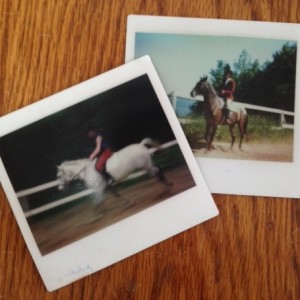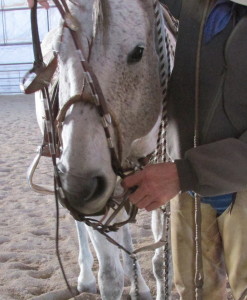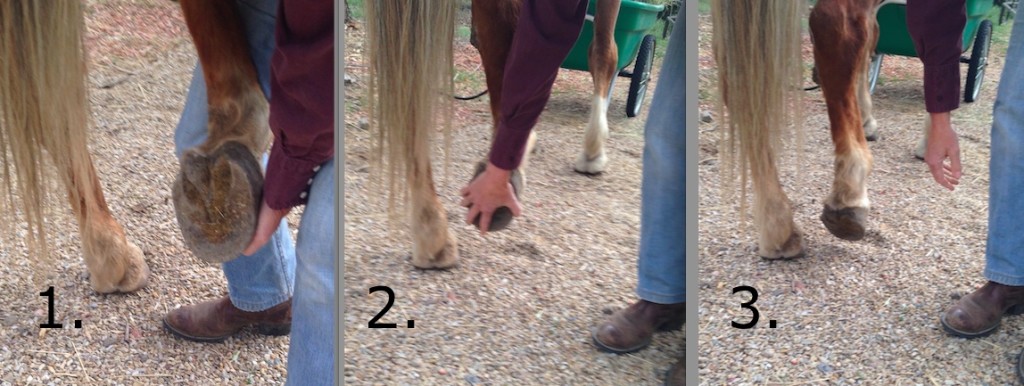“Good judgment comes from experience. Experience comes from bad judgment.”
Val Giessler, a mentor to Unbranded’s Ben Masters, utters those words in the new documentary’s trailer. Read more about Unbranded.
It comes to mind, too, when I think of all the ways my horsemanship has evolved over the decades. As a pre-teen, it was about as bad as my haircuts. (Thank goodness, these images are blurry.)
Fortunately, us horse folks don’t just evolve over time, we tend to improve. Even the best still have things to learn. That’s why you’ll see Elijah Moore at Martin Black clinics, for example. Read more here.
Especially as we get older, learning can take on the form of un-learning, undoing bad habits, re-teaching ourselves, and unraveling the muscle memory of bad form. As Val said, we learn from our mistakes.
Send us your Unlearned Habits!
Here are a few of mine:
1. Grain.
When I was a kid, I thought giving my pony sweet feed was the right thing to do. Not only is grain often unnecessary, sweet feed is about the worse kind of grain you can give a horse. Read more here.
2. Rein contact.
Granted, I started riding in the English tradition which emphasizes rein contact. But even when I was riding bareback, I thought having constant contact with my horse’s mouth was the right thing to do. Yikes! Now, I’ve learned to direct my horse with other cues, use the reins to steer rather than stop, and to use one rein and the one-rein-stop instead of yanking back with both hands. My horses thank me and our rides are more relaxing for both of us.
3. “Neglect.“
I thought putting her in the stall at night and blanketing her were responsible ways to care for my horse. It made sense back then that keeping her “safe” from the elements was what I should do. Wrong! What she really needed to do was be outside and move around. Constraining her movement and not letting her body regulate itself was, in fact, exactly the opposite of best practices. Read more about how Less is More.
4. Hoof handling.
After picking hooves, I’d just let go. The horse would be caught unawares and the hoof would drop. Now, I release my hold while waiting for my horse to take the hoof back from me. In this way, she can put the hoof down on her own terms and stay balanced. It seems much better practice for my horses. See three-step image below
5. Bit and cinch handling.
When it came to tacking up, I’d pull, yank, and drop. Now, tacking up is part of the connection process and full of mindful moments. It’s something we practice and work on. Since most of our horses come from past difficult scenarios, they may have real issues with bridling and saddling. I’ve ended up dedicating hour-long sessions to saddling with Jolene. Read more about saddle struggles here.
And when it comes to taking the bit, I like to let them take it up in their mouths and to let them spit it out. All the while, I try to keep the leather away from eyes and move it gently over the ears. In the photo at right, Randy Rieman takes extra care when asking his gelding to take a spade bit.
At the cinch, I take my time and have learned to buckle loosely first. Then, I go about other actions. I come back a few minutes later and cinch up another notch. Only when I’m really to climb aboard, do I cinch it as snug as it’ll need to be for the ride.



I really like your thoughtful advise. Not many people pay attention to their horse when they are getting ready to tack up or tacking up. Thank you!